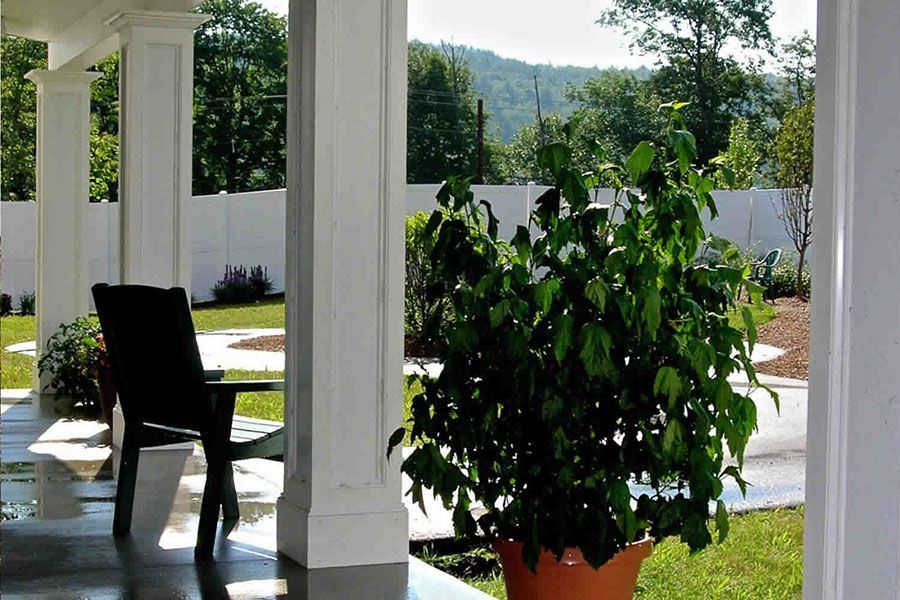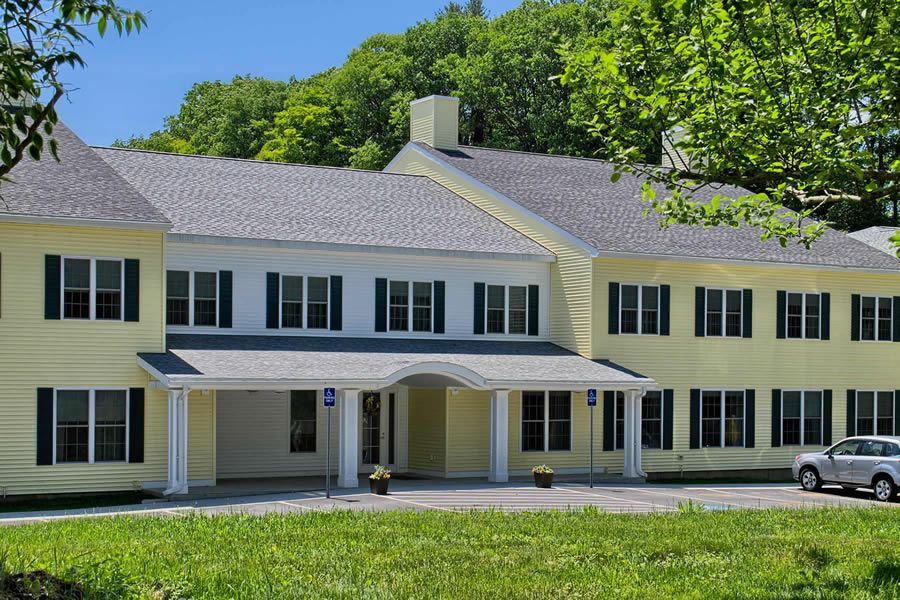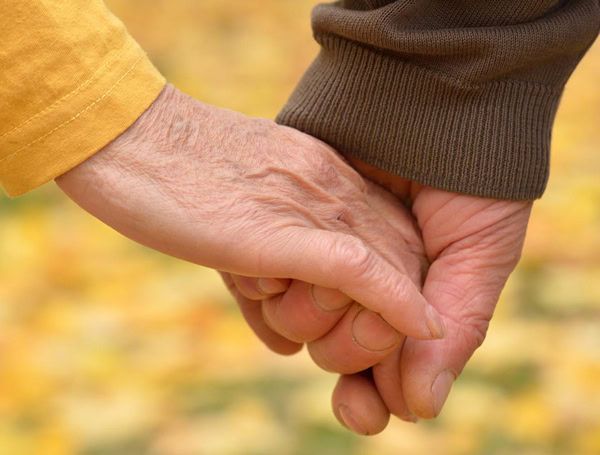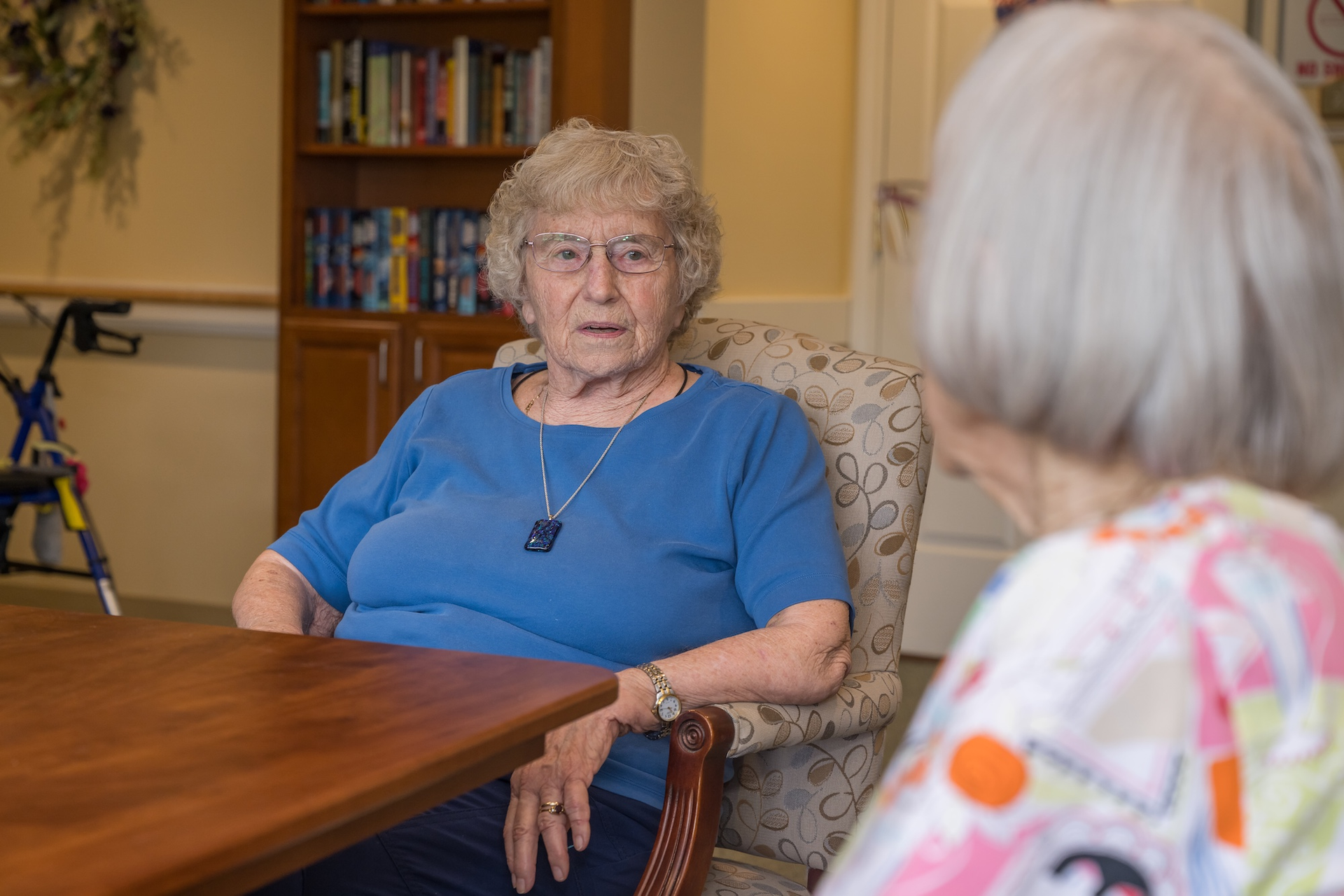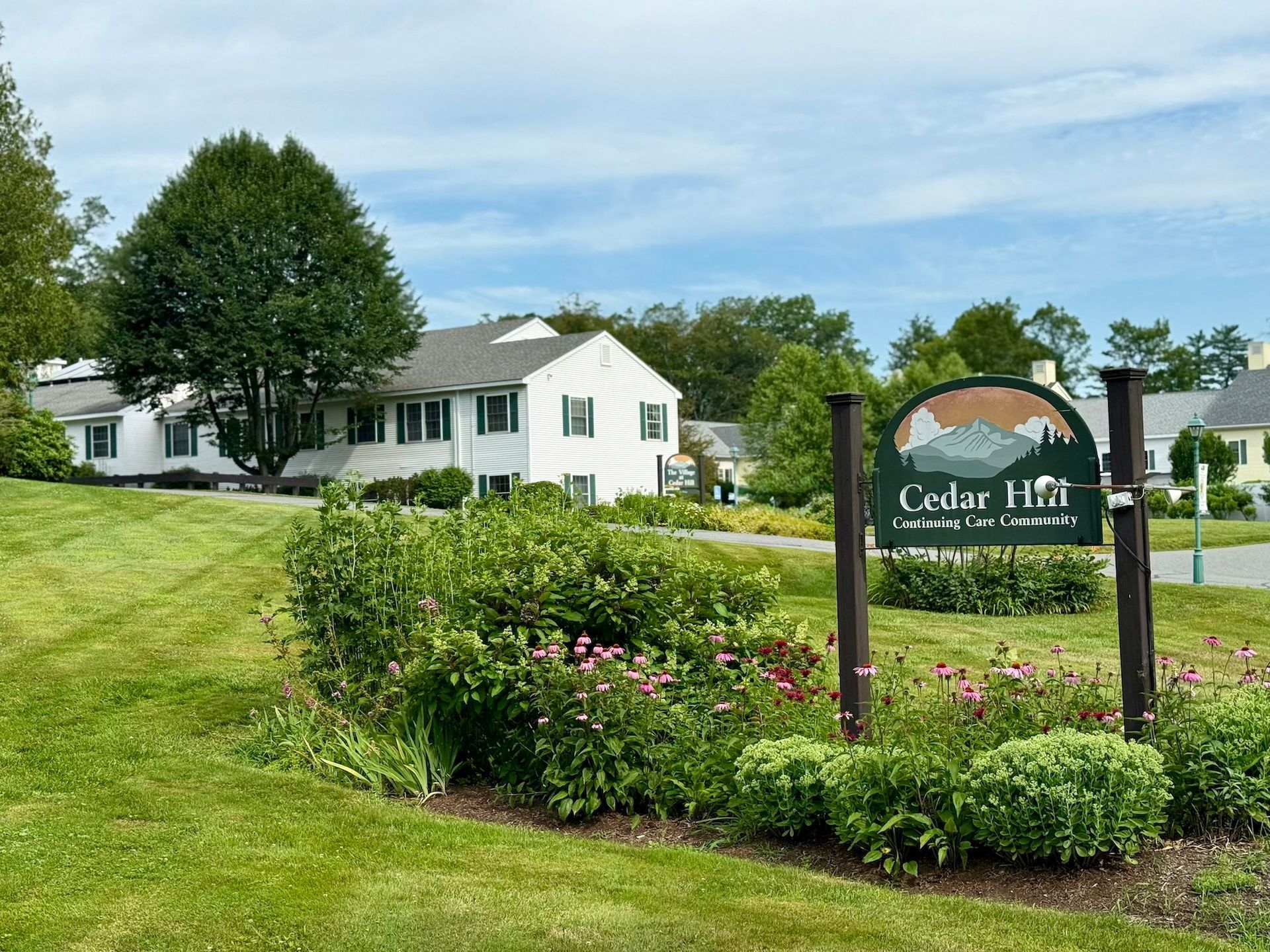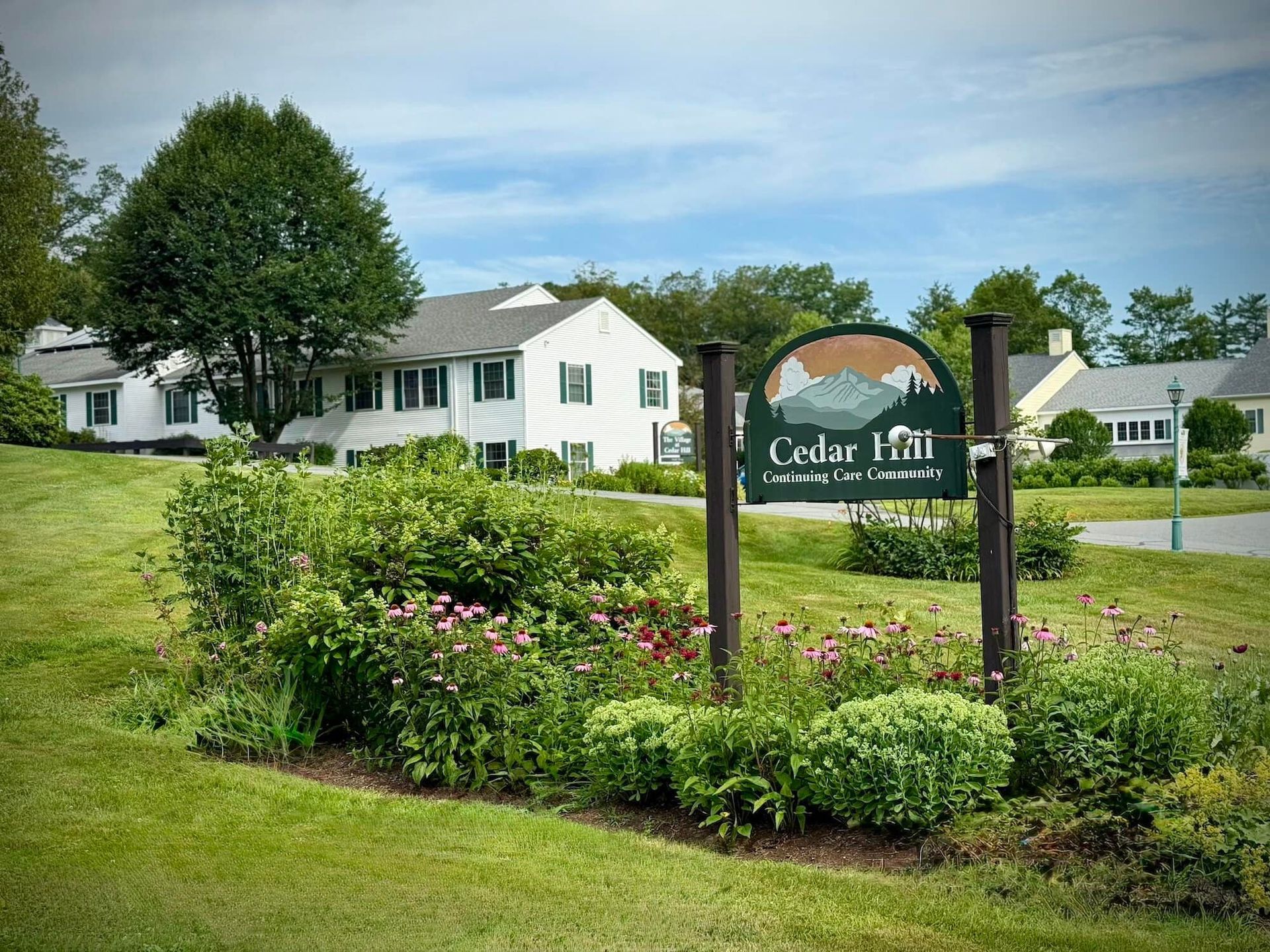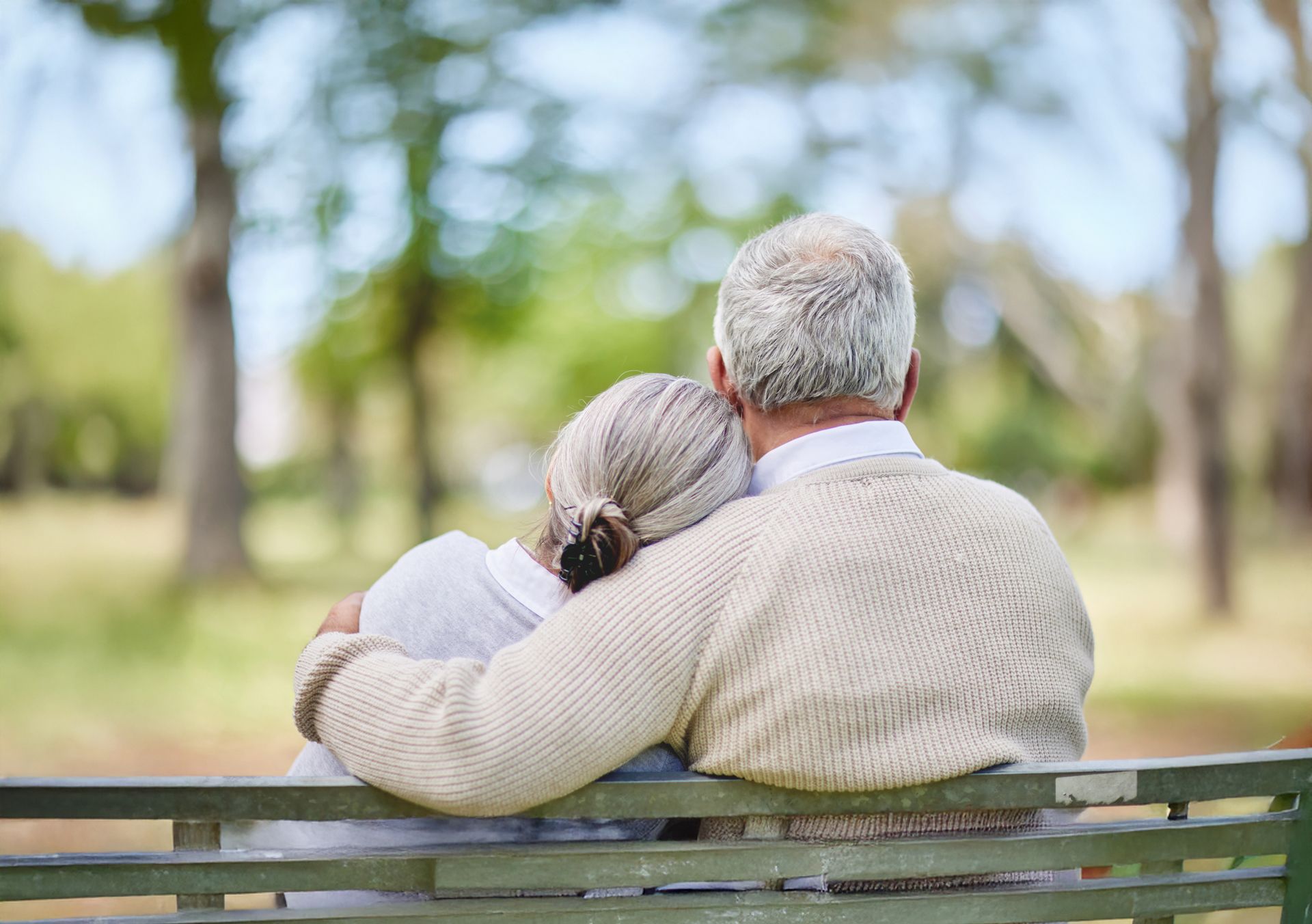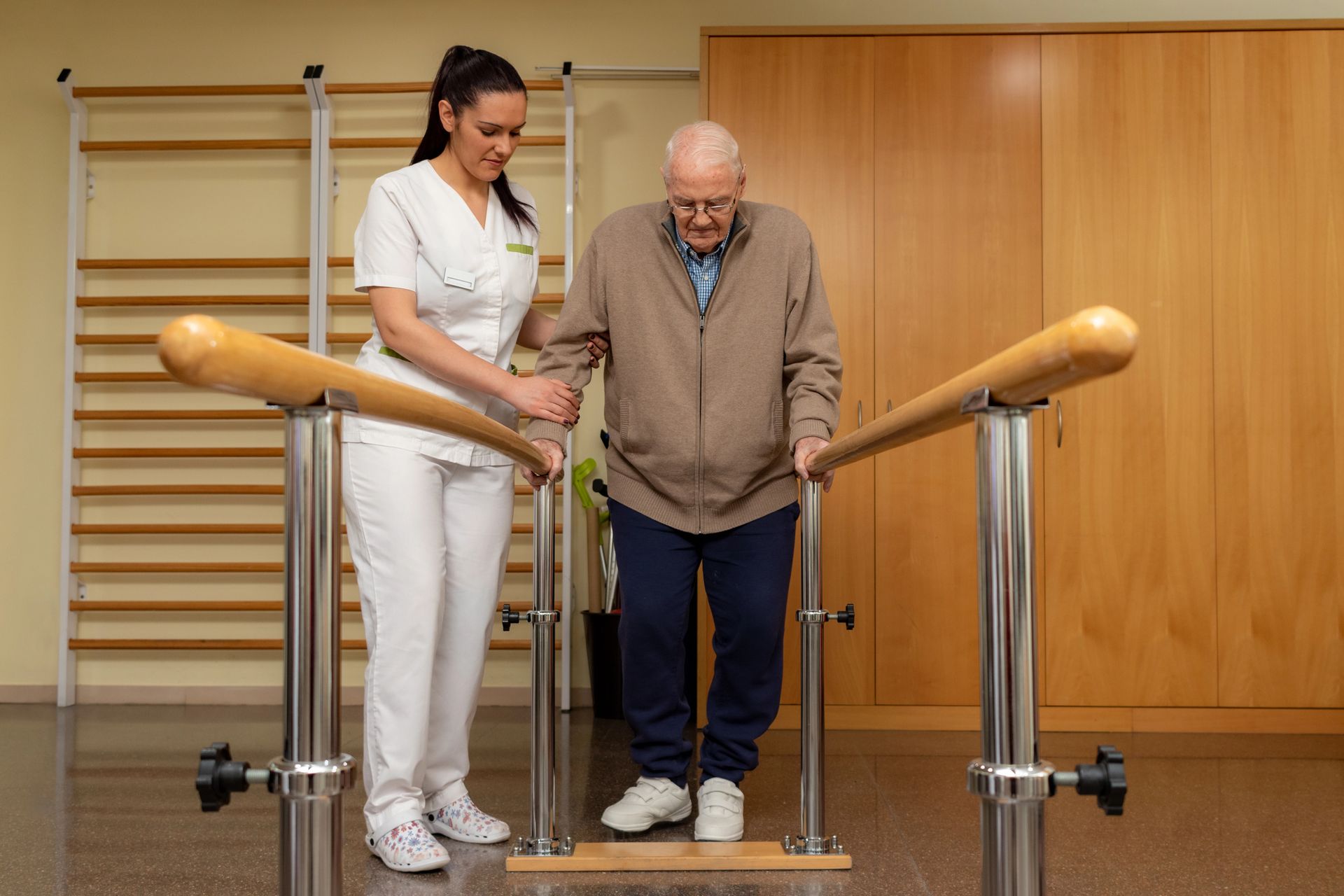Vermont’s Greenest Retirement Community
Cedar Hill aims to be Vermont’s greenest retirement community with addition of solar power and electric vehicles
Windsor, VT – Up the hill from the main campus of Cedar Hill Health Care Center and the Village at Cedar Hill (known collectively as Cedar Hill Continuing Care Community), a field has filled up with solar panels.
The 501 kW-DC solar photovoltaic (PV) array – which is being built on land belonging to Cedar Hill co-owner Mary Louise Sayles, her daughter Patricia Horn and their families – will produce enough solar power to offset approximately 82% of the campus’s electricity usage. The Cedar Hill campus consumes approximately 751,809 kWh of electricity each year. “We started investing in renewables with solar hot water more than a decade ago,” said Patricia Horn, co-owner and executive director. “At that time, we did not have the funds needed to build a system like this. But now with the price of equipment decreasing, and tax credits to help offset the large upfront costs, we are finally able to do this. In the long run, this should help us to lower the energy costs at Cedar Hill and the Village and allow us to play our part in reducing global warming.”
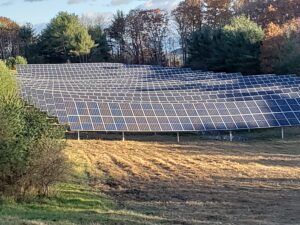
Norwich Solar Technologies of White River Junction advised Cedar Hill on the project from start to finish, including the permitting, construction and, ultimately, maintenance. “We are delighted to work with Cedar Hill on this project,” said company president Jim Merriam. “We are working hard to make their solar experience easy and profitable and to help this company achieve its sustainability goals.”
This investment is just one piece of the community’s efforts to be environmental stewards. “We are composting our food scraps. We have bought a hybrid car and electric cars for resident and staff transportation. We have solar hot water. This is another piece of that effort,” Horn said. “Even though it is winter, we love monitoring our electricity production via the sun.”
Family-owned Cedar Hill provides skilled nursing, rehabilitation, assisted living and memory care on its campus, housing more than 100 residents 24-hours a day and employing more than 125 employees. Those services use a lot of electricity.
Cedar Hill’s solar array will offset nearly 13 million pounds of CO 2 , the equivalent of 26 million miles not driven or 153,000 trees planted. “Improving the standards of care and the quality of life has always been part of our mission and we think adding renewable energy improves the living environment for our residents and for the world,” said Cedar Hill co-owner Mary Louise Sayles.
The Solar PV system Norwich built for Cedar Hill produces an annual energy value of approximately $100,000 and was only possible due to the federal tax incentives, according to principal owner and founder Mary Louise Sayles .
Cedar Hill’s owners and their families financed the project themselves through VEDA and VSECU for the benefit of the Cedar Hill Community without impacting the company’s capital budget.
About Cedar Hill Continuing Care Community
Founded in 1988, Cedar Hill Continuing Care Community is an award-winning, family-owned 100-bed facility offering a full continuum of care including independent living, assisted living, short-term rehabilitation, skilled nursing care, state-of-the-art memory care and Alzheimer’s care, respite care, and dignified end-of-life care. Cedar Hill counts among its many honors a Vermont Health Care Lifetime Achievement Award.
About Norwich Solar Technologies
Norwich Solar Technologies specializes in complete end-to-end solar electric services including: Development, Design, Engineering, Procurement, and Construction, Power Purchase Agreements, Structured Financial Solutions and Operations and Maintenance. Our clients include Educational Institutions, Utilities, Municipalities, Commercial and Industrial Enterprises, Farms, Nonprofits, and Small Businesses.
| LOCAL ECONOMIC IMPACT OF CEDAR HILL SOLAR
System Size: 501 kW-DC. Projected Annual Output: 615,000 kWh in the first year of operation. Local Utility Upgrades: $150,000. Environmental Offset Equivalents: 13 million pounds of CO 2 , 26 million miles not driven, or 153,000 trees planted. Jobs Created: 7 full-time job equivalents. |
The post Vermont’s Greenest Retirement Community appeared first on Cedar Hill Continuing Care Community.
